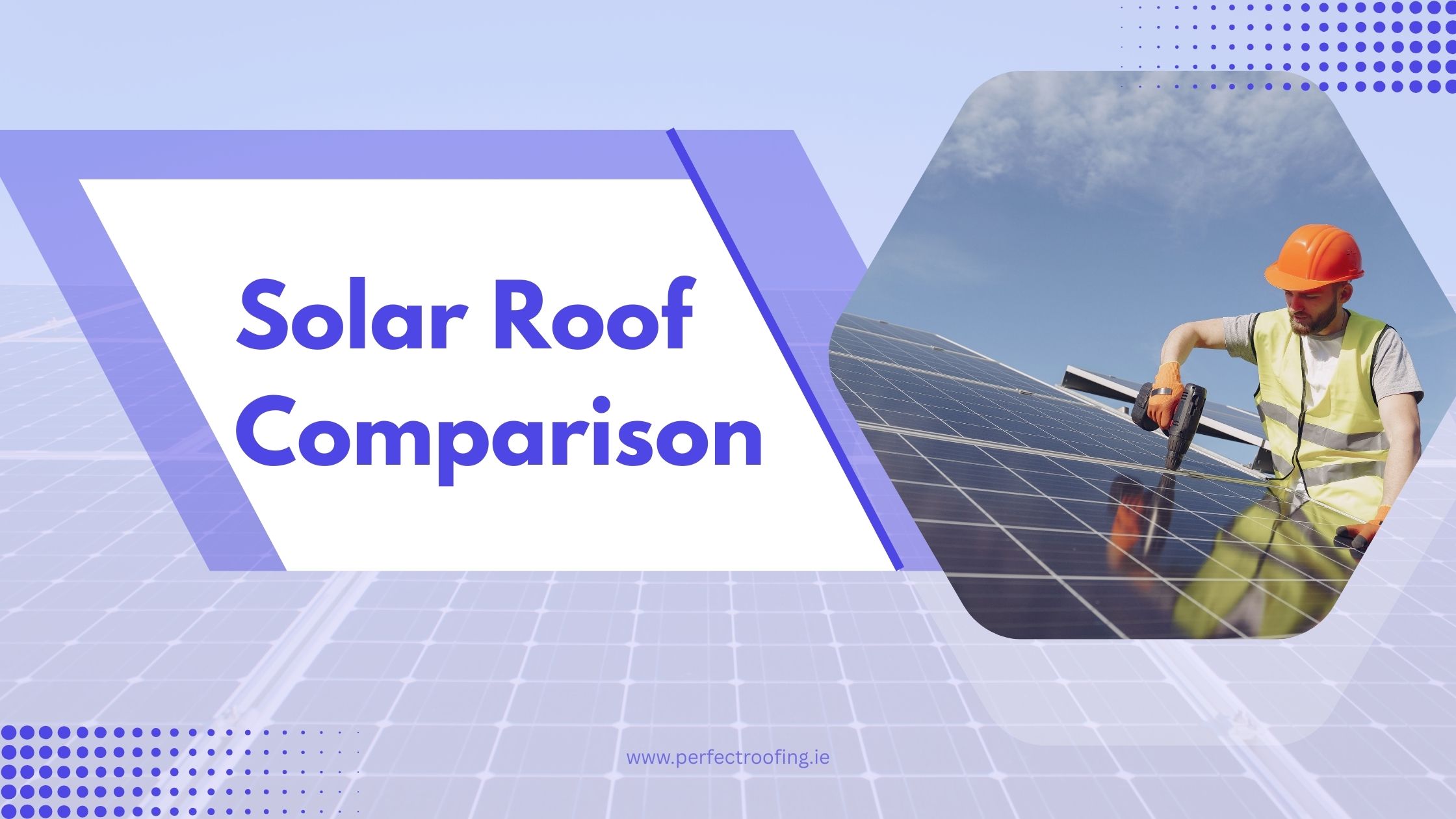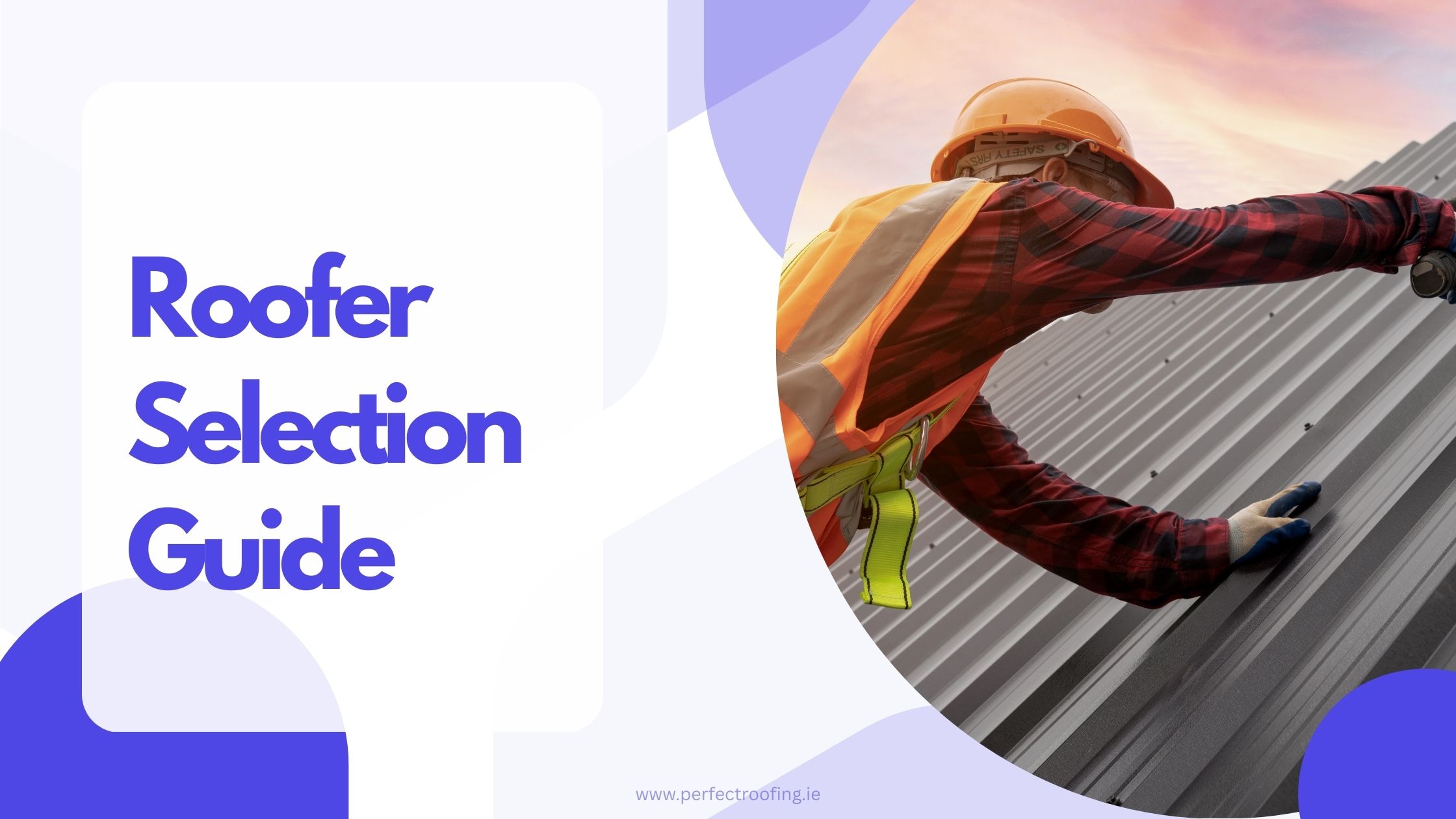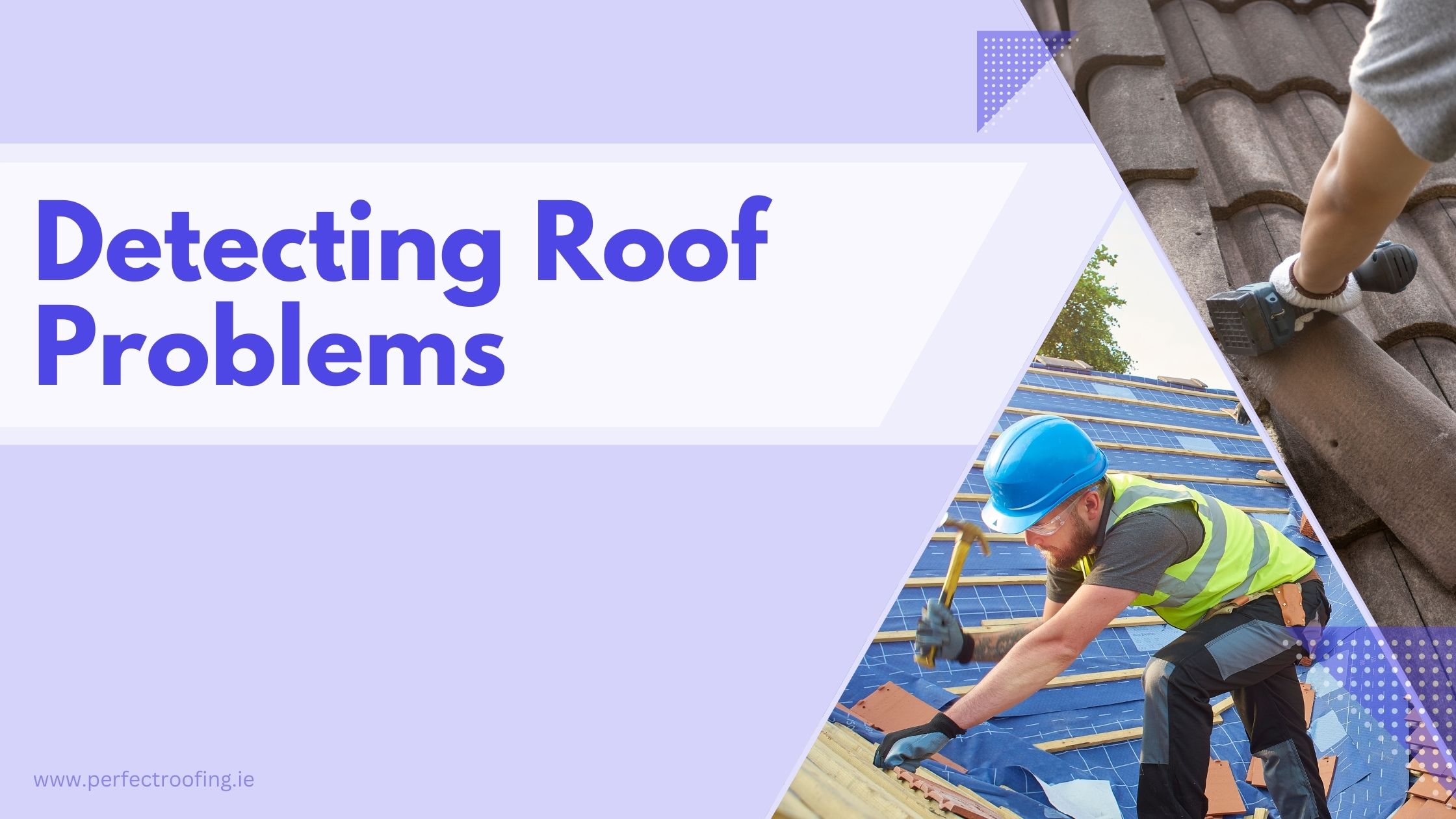Solar
Solar Roofing Options: Traditional Panels vs Solar Shingles
Explore the latest solar roofing technologies and learn which option might be best for your home's energy needs and aesthetic preferences.

Solar technology has revolutionized how we think about roofing. Today's homeowners can choose between traditional solar panels and innovative solar shingles. This guide helps you understand both options and make the right choice for your home.
Understanding Solar Roofing Technology
How Solar Roofing Works
Both options convert sunlight into electricity:
Photovoltaic Process:
- Solar cells capture sunlight
- Convert light into electrical current
- Inverters change DC to AC power
- Electricity flows to your home's electrical system
Grid Integration:
- Excess power feeds back to the electrical grid
- Micro-generation support scheme in Ireland
- Battery storage options available
- SEAI grants available for solar installations
Efficiency Considerations
Solar efficiency affects energy production:
Current Technology Standards:
- Traditional panels: 18-22% efficiency
- Solar shingles: 14-18% efficiency
- Efficiency continues improving with new technology
Traditional Solar Panels
Panel Types and Technology
Several panel technologies are available:
Monocrystalline Panels:
- Highest efficiency (20-22%)
- Best performance in limited space
- Premium pricing but longest lifespan
Polycrystalline Panels:
- Good efficiency (15-18%)
- More affordable option
- Slightly larger footprint needed
Thin-Film Panels:
- Lower efficiency (10-14%)
- Flexible installation options
- Best for unique roof shapes
Installation Process
Traditional panel installation involves:
Roof Preparation:
- Structural assessment for weight capacity
- Optimal placement design
- Electrical system planning
Mounting System:
- Rails attached to roof structure
- Panels secured to mounting rails
- Weatherproof sealing around attachments
Advantages of Traditional Panels
Traditional panels offer several benefits:
Cost Effectiveness:
- Lower cost per watt
- Proven technology with track record
- Wide variety of financing options
Performance:
- Higher efficiency ratings
- Better energy production per square foot
- Easier maintenance and replacement
Flexibility:
- Can be installed on various roof types
- Angled mounting for optimal sun exposure
- Easy to expand system later
Disadvantages of Traditional Panels
Consider these limitations:
Aesthetic Impact:
- Visible panels change roof appearance
- May not suit all architectural styles
- Potential HOA restrictions
Installation Requirements:
- Roof penetrations for mounting
- May require roof reinforcement
- Professional installation essential
Solar Shingles (BIPV)
Technology Overview
Building-Integrated Photovoltaics (BIPV) blend form and function:
Integration Design:
- Shingles replace traditional roofing materials
- Seamless integration with roof surface
- Electrical connections between shingles
Available Products:
- Tesla Solar Roof tiles
- GAF Timberline Solar shingles
- CertainTeed Apollo tiles
Installation Process
Solar shingle installation differs significantly:
Roof Replacement:
- Often requires complete roof replacement
- Specialized installation training required
- Electrical work integrated throughout
System Integration:
- Shingles wired together across roof
- Inverters and electrical components
- Weather sealing critical for success
Advantages of Solar Shingles
Solar shingles offer unique benefits:
Aesthetic Appeal:
- Maintains traditional roof appearance
- Available in various colors and styles
- No visible panels or mounting hardware
Durability:
- Designed as roofing material first
- Walk-able surface for maintenance
- Integrated weather protection
Property Value:
- May increase home value more than panels
- Appeals to design-conscious buyers
- Preserves architectural integrity
Disadvantages of Solar Shingles
Consider these challenges:
Higher Costs:
- Significantly more expensive per watt
- Requires roof replacement in most cases
- Limited installer network
Efficiency:
- Lower efficiency than traditional panels
- May require larger roof area
- Performance varies by product
Technology Maturity:
- Newer technology with shorter track record
- Limited long-term performance data
- Fewer financing options available
Cost Comparison
Initial Investment
Upfront costs vary significantly:
Traditional Panels:
- €13,500-27,000 for typical home system
- €2.70-4.50 per watt installed
- Tax credits and incentives available
Solar Shingles:
- €36,000-72,000 for complete roof
- €7.20-10.80 per watt installed
- Higher total project cost
Long-term Value
Consider total cost of ownership:
Energy Production:
- Panels typically produce more energy per dollar
- Shingles may require larger systems
- Both qualify for net metering
Maintenance Costs:
- Panels easier to clean and maintain
- Shingle repairs more complex
- Warranty coverage varies
Performance Factors
Climate Considerations
Local climate affects performance:
Temperature Effects:
- Both technologies lose efficiency in extreme heat
- Cold temperatures can improve efficiency
- Snow load considerations important
Weather Resistance:
- Traditional panels rated for severe weather
- Solar shingles designed as roofing first
- Both require proper installation
Roof Suitability
Not all roofs work for both options:
Traditional Panels:
- Work on most roof types and pitches
- Require adequate structural support
- South-facing exposure preferred
Solar Shingles:
- Best on simple roof designs
- Complex roofs increase installation cost
- May not work on all roof pitches
Making Your Decision
Choose Traditional Panels If:
- Budget is primary concern
- Maximum energy production desired
- Roof doesn't need replacement
- Aesthetics are less important
Choose Solar Shingles If:
- Roof needs replacement anyway
- Aesthetics are top priority
- HOA restrictions on traditional panels
- Long-term property value important
Factors to Consider
Evaluate these key points:
Financial:
- Available budget for project
- Financing options and terms
- Local incentives and rebates
- Expected payback period
Technical:
- Roof condition and age
- Available roof space
- Local sun exposure
- Electrical system capacity
Personal:
- Aesthetic preferences
- Long-term home plans
- Environmental priorities
- Technology preferences
Future Considerations
Technology Evolution
Solar technology continues advancing:
Efficiency Improvements:
- Both technologies improving efficiency
- New materials and designs emerging
- Integration with energy storage
Cost Trends:
- Traditional panel costs continuing to decline
- Solar shingle costs expected to decrease
- Installation costs may stabilize
Grid Integration
Future energy systems will offer more options:
Smart Grid Technology:
- Better integration with utility systems
- Time-of-use optimization
- Vehicle-to-grid capabilities
Energy Storage:
- Battery systems becoming more affordable
- Grid independence possibilities
- Backup power capabilities
Conclusion
Both traditional solar panels and solar shingles offer viable paths to renewable energy, but they serve different priorities. Traditional panels provide the best value and performance for most homeowners, while solar shingles offer superior aesthetics at a premium price. Consider your budget, roof condition, aesthetic preferences, and long-term plans when making this important decision. Regardless of which option you choose, both represent significant steps toward energy independence and environmental responsibility.



